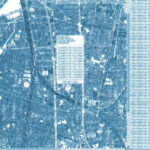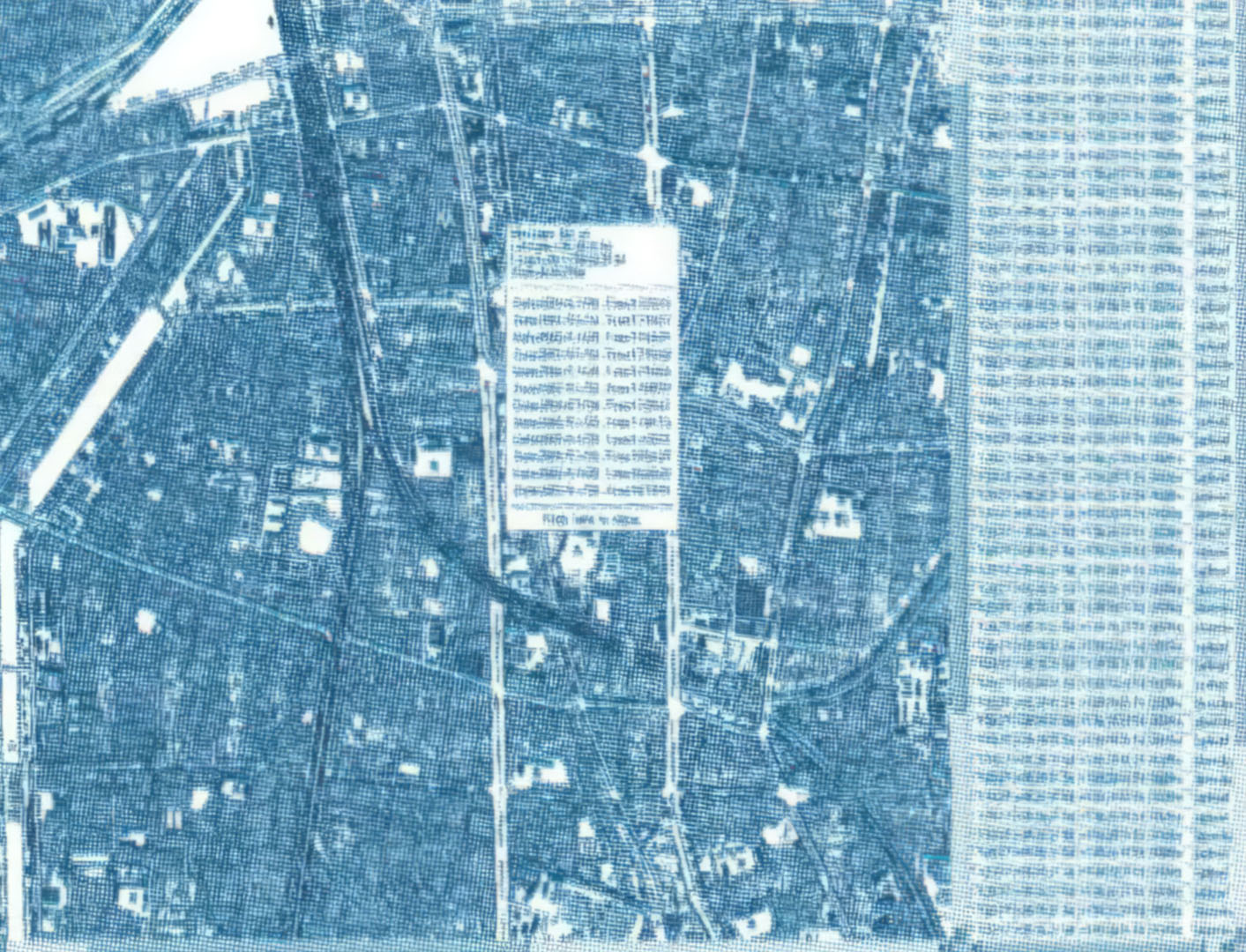“spatial memory architecture” by Takuya Hoshi
Title:
- spatial memory architecture
Artist(s) and People Involved:
- Takuya Hoshi
-
- Tokyo Zokei University
Exhibiting Artist(s):
Symposium:
Venue(s):
Medium:
- new type of direct communication
Artist Statement:
According to the advancement in mobile-communication-systems such as broadcloth and personal digital assistant devices, the environment around us has been changing rapidly into the ubiquitous network society where people can accede to any information from anywhere, and in anytime they want. The technology of IPv6 and other constituent of this ubiquitous society has been introduced, assigning each IP address to every stage of life environment. Not long before, people may gain every information at home, without fear of being out of date. Since the purpose of this type of society is to make our life more convenient, by letting people free from the ‘space and time’ restrictions, so-called direct communication will be widely influenced. The more people become free from these two restrictions, the less they can enjoy direct communication.
To avoid this danger, the ‘spatial memory architecture’ has been introduced. This project is to create new type of direct communication by using new technology of mobile-communication-systems and of GPS. In the society where the ‘share model of knowledge or information’ hasn’t been materialized yet, it’s necessary for a person to make a direct contact with anybody who has the information. People highly depend upon the ‘space and time’ there. It has been significant to experience something that could only get in a ‘specific space and time’. These two elements have been indispensable media of communication. On the contrary, people can experience new system of direct communication on network by adopting the above mentioned project. The ‘position information’ extracted by GPS will be send to the server, then the server sends adequate information to that position back to the client vice versa.
In other words, this project offers people some virtual experiences of the ‘share model’ before materialized. By gaining additional device acceded only in a specific situation, GPS puts much value upon the ‘space and time’. The ‘position information’ makes it possible to arrange information virtually in the actual city. Nobody may be in the place extracted, yet all the people who accede the same information at the same time may have the new ‘share model’. The ultimate purpose of this project is not to build virtual community on servers, but to provide opportunities for people to share their discoveries and impressions so that they can have the feeling of togetherness finally.
Category:
All Works by the Artist(s) in This Archive:
- Takuya Hoshi
- More Art Events from Takuya Hoshi in this archive:

spatial memory architecture
[ ISEA2002]





